Billion dollar MVP or How to seed a unicorn
“If you are not embarrassed by the first version of your product, you’ve launched too late”
– Reid Hoffman, Co-Founder of LinkedIn
We proudly name ourselves as "Lean Startup Evangelists" and spreading the wise product approach trough everything that we do. And very often people ask us "What is the MVP of a leading startup you can show us? What did they use to test the market and validate their idea?". Specially for this case, we made a cool compilation of world-famous companies and their first MVPs.
All of them are Unicorns now. But how did they achieve this? What was in the very beginning?
In braces near the name of each company you can find its valuation as of October 2018.
1. Facebook [$421B]
Mark Zuckerberg originally created the application as a universal directory (face book) for students at Harvard University. In the beginning, membership to the site was restricted only to Harvard students. The explosive growth of the popularity meant that expansion to other universities was inevitable, so just a few months after its release, thefacebook was rolled out to three other top American universities: Stanford, Columbia, and Yale. On September 26, 2006, Facebook opened its services to everyone with a valid email address aged 13 years or older. This was the official start of the Facebook we know and use today.
2. Twitter [$21B]
In March 2006, four board members of podcasting company Odeo (Jack Dorsey, Evan Williams, Noah Glass & Biz Stone) came up with an idea of developing an SMS service that would allow to communicate with a small group of people.
The first Twitter prototype (originally called twttr) was designed for internal users at Odeo as a way to send messages to other employees and view them on a group level. Later, on July 2006 Twitter was released to the public.
Twitter’s real success came when it was featured in the South by Southwest Interactive conference in 2007. The social networking platform saw an increase in tweets during the event from 20,000 a day to 60,000. After the conference, Twitter’s popularity and its user base increased rapidly.
3. Dropbox [$2.6B]
One of the key principles of building an MVP is to start off small and capture users’ interest early. Drew Houston, founder of Dropbox, started his product journey from the video "how it will work". Yes, he had the idea and the vision how it will be. So, from that point Drew didn't start coding, because such product required significant technical development. To avoid the risk of waking up after years of development with a product nobody wanted, Drew did something unexpectedly easy: he made a video and placed it on landing page “getdropbox.com”.
The video is a simple 3 min demonstration of the technology as it is meant to work, but it was targeted at a community of technology early adopters. It was published to Dropbox’s TA on Hacker News in April 2007 and received thousands of comments and feedback from intrigued people.
Drew narrates the video personally, and as he’s narrating, the viewer is watching his screen. As he describes the kinds of files he’d like to synchronize, the viewer can watch his mouse manipulate his computer. If you’re paying attention, you start to notice that the files he’s moving around are full of in-jokes and humorous references that were appreciated by this community of early adopters. Drew said:
“It drove hundreds of thousands of people to the website. Our beta waiting list went from 5,000 people to 75,000 people literally overnight. It totally blew us away.”
4. DoorDash [$4B]
The 2013 year. Stanley Tang with co-founders was studying at Stanford University. All guys came from big cities where food delivery was a common thing. But out in Palo Alto, none of the restaurants delivered. So they decided to do something about it. They gathered menus in PDF from local restaurants and built a simple landing page with all that menus and own phone number. A user could visit the website, download a menu, choose dishes and call a "service" to deliver it. Initial prototype was done just in a few hours. Half an hour later, they got a phone call – it was the first order!
From that moment they didn’t start with hiring employees or something like that. Next thing they did, they were delivering food every single day all over the Stanford campus! Students by day, delivery drivers by night. Founders learned so much as drivers that later every team member started as a driver in his first week at the company. And only then he could start his regular work.
Only after validating customer demand, the team at DoorDash has been working insanely hard to do everything they can to provide the best delivery experience: from hiring drivers, working with restaurants, delighting customers to building out a complex, dispatch system.
When they first started, founders were trying to solve own problem of getting food delivered. But soon, it grew quickly within the Stanford community and beyond. Because many families and office workers in the area have the same problem.
5. LinkedIn [$26B]
In the very beginning, they didn’t have almost all features, thanks for which LinkedIn is well-known now. It was only the website with user profiles and email invites to connect with people you know.
In late 2002, Reid Hoffman recruits a team of old colleagues from SocialNet and PayPal to work on a new idea. Six months later, LinkedIn launches. Growth is slow at first — as few as 20 signups on some days — but, by the fall, it shows enough promise to attract an investment from Sequoia Capital.
In the first feedbacks, early-stage users complained about poor search and a lack of abilities, “you can’t search for people outside your own network”.
In late 2003 growth accelerates with the introduction of address book uploads. LinkedIn introduces new features like Groups and partners with American Express to promote its offerings to small business owners.
In March 2005, LinkedIn launched its first premium service: LinkedIn Jobs and later — Subscriptions.
In February 2006, LinkedIn introduced public profiles. With the launch of public profiles, the company began to stake its claim as the professional profile of record. In this year, the company achieved profitability, and core features like Recommendations and “People You May Know” were introduced too.
So, you can see that in the very beginning they didn’t have almost all features for which LinkedIn is well-known now. It was only the website with user profiles and email invites to connect with people you know. But the continuous development and searching of product/market fit led them to success and the product that is used by all professionals on the internet now. To be precise, 530 million users in more than 200 countries and territories worldwide. I think the LinkedIn story is a great example of Lean approach and how you should continuously growth your product without doing “all in one” (like somebody prefers to do).
You can find more photos and info about LinkedIn story here.
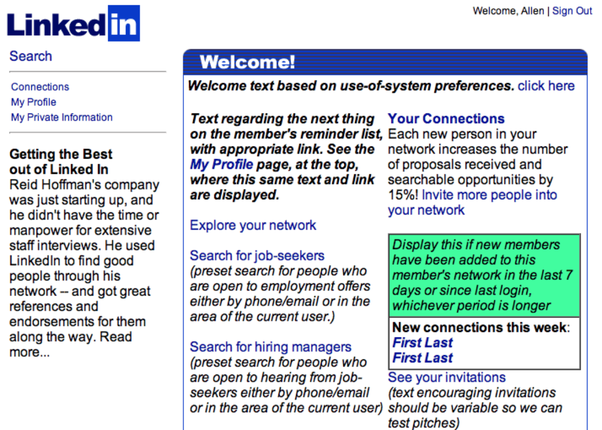
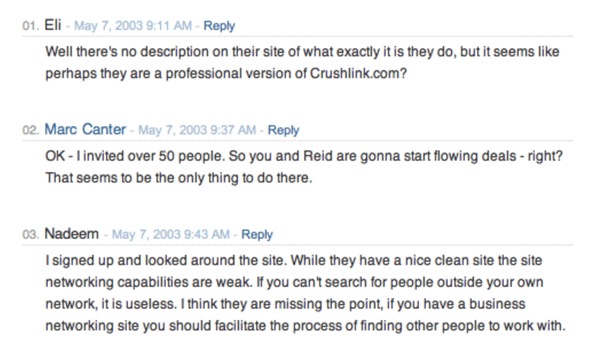
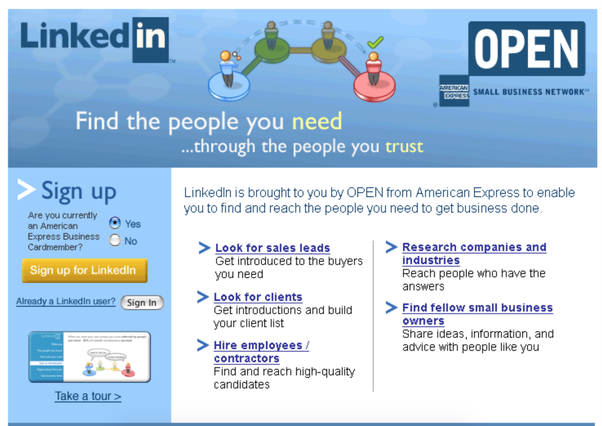
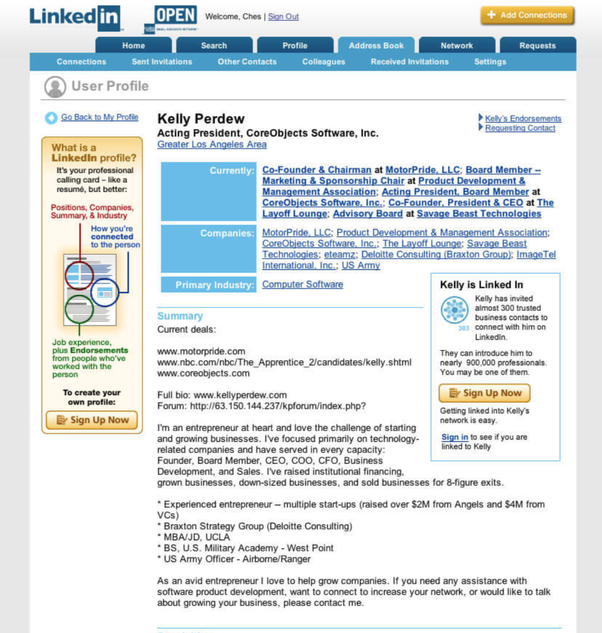
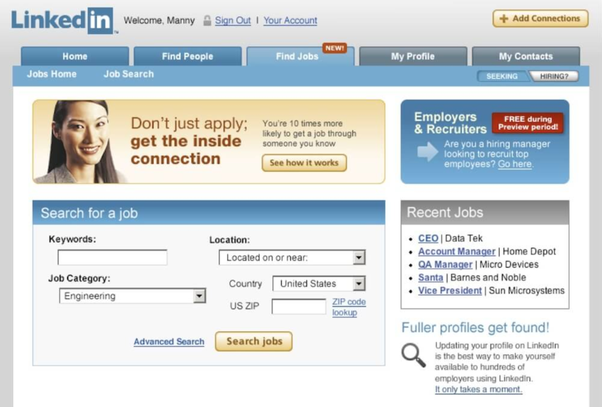
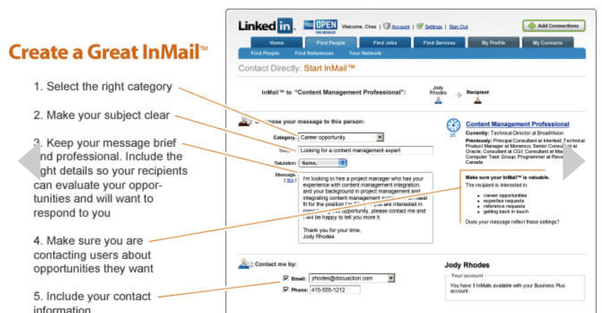
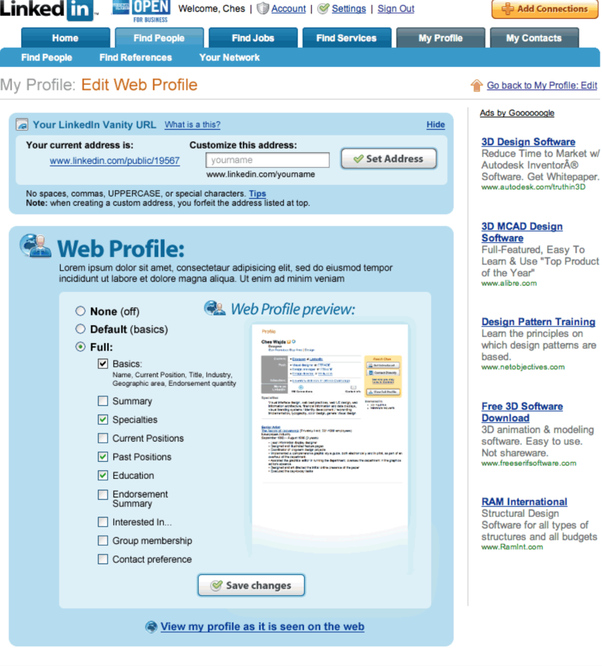
6. Zappos [$1.2B]
And, certainly, this list can’t be full without excellent Zappos story or classical “Fake it till you make it”. In 1999, founder Nick Swinmurn failed to find a pair of brown Airwalks at his local mall. This case pushed him to an idea of selling shoes online.
However, before the company spent thousands of dollars buying inventory, he needed to prove that this idea of selling shoes online was viable. Swinmurn went to local shoe shops with a camera. He photographed pairs of shoes and posted them on original Zappos website. It was very basic and contained just a bunch of photos of shoes and prices. When a customer placed an order, Swinmurn was going back to the store to purchase the shoes. Then Zappos sent the shoes to the customer.
Obviously, this wasn’t a viable way to run a business in the long term, because it’s absolutely unscalable way. But such strategy worked perfectly as a proof of concept – Swinmurn was able to prove that consumers were willing to buy shoes online.
Summarising, we can see the common patterns in all stories above.
The key points for successful MVP are:
Build a basic model of the product that contains only the required functionalities needed to fulfill user’s goal. Many of future functionalities should not be included in the first release, allowing you to focus on the initial goal.
Release your MVP to a small group of people (early adopters) for testing and gaining feedback.
Test assumptions and minimize risks by conducting valuable market and customer research.
If you imbued with the idea of small, but perfectly targeted MVP, you can ask us to help you. We will be able to plan, build and launch it with you. Hand by hand. In an extremely reasonable way. Just write us ✌️






